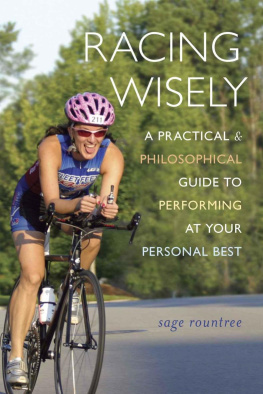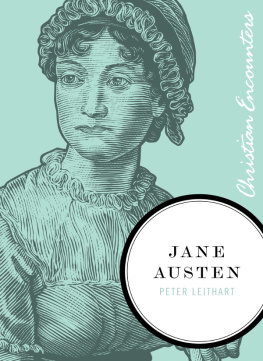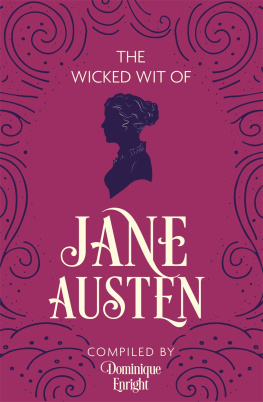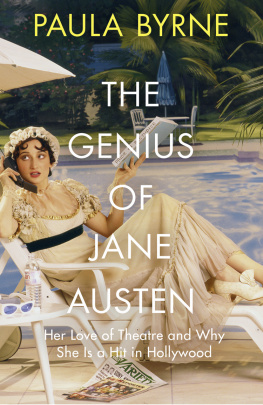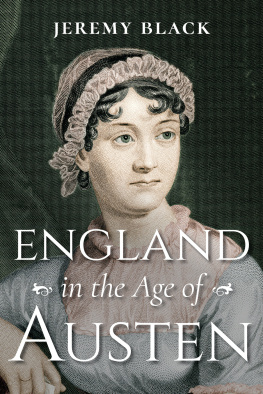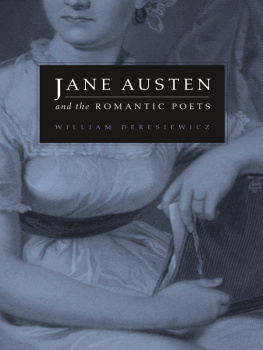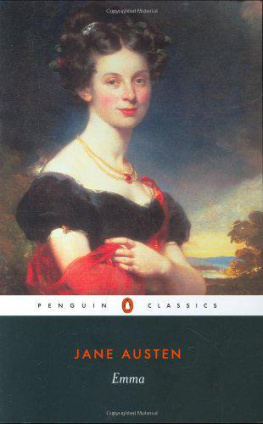Copyright 2013 Houghton Mifflin Harcourt Publishing Company
All rights reserved
www.hmhbooks.com
cliffsnotes.com
No part of this work may be reproduced or transmitted in any form or by any means, electronic or mechanical, including photocopying and recording, or by any information sotrage or retrieval system without the prior written permission of Houghton Mifflin Harcourt Publishing Company unless such copying is expressly permitted by federal copyright law. Address inquiries to Permissions, Houghton Mifflin Harcourt Publishing Company, 215 Park Avenue South, New York, New York 10003.
The publisher and the author make no representations or warranties with respect to the accuracy or completeness of the contents of this work and specifically disclaim all warranties, including without limitation warranties of fitness for a particular purpose. No warranty may be created or extended by sales or promotional materials. The advice and strategies contained herein may not be suitable for every situation. This work is sold with the understanding that the publisher is not engaged in rendering legal, accounting, or other professional services. If professional assistance is required, the services of a competent professional person should be sought. Neither the publisher nor the author shall be liable for damages arising here from. The fact that an organization or Website is referred to in this work as a citation and/or a potential source of further information does not mean that the author or the publisher endorses the information the organization or Website may provide or recommendations it may make. Further, readers should be aware that Internet Websites listed in this work may have changed or disappeared between when this work was written and when it is read.
Trademarks: CliffsNotes, the CliffsNotes logo, Cliffs, cliffsnotes.com, and all related trademarks, logos, and trade dress are trademarks or registered trademarks of Houghton Mifflin Harcourt Publishing Company. All other trademarks are the property of their respective owners. Houghton is not associated with any product or vendor mentioned in this book.
Library of Congress Cataloging-in-Publication data is available.
ISBN 0-8220-7063-4
eISBN 978-0-544-18140-3
v1.0713
LIFE AND BACKGROUND OF THE AUTHOR
While Pride and Prejudice is doubtless Jane Austens most widely read and popular novel, many critics aver that her fullest achievement, the masterpiece of her six completed novels, is Emma. One cogent reason put forward is that at the time of its writing (January 21, 1814, to March 29, 1815) Miss Austen had reached a calm high point in her development as an artist, a point of steady, relaxed control over both her subject matter and her technique.
The temporal substance of her novelsthe manners and interests of the upper middle class in late eighteenth- and early nineteenth-century Englandwas that of her own surroundings from the beginning. Born on December 16, 1775, the seventh of eight childrensix boys and two girlsshe had more than common varied contact with the limited world of provincial gentry because her father was a country clergyman, the rector of Steventon in the county of Hampshire in south-central England. Though she accompanied her elder sister Cassandra to two boarding schools only to return home at the age of nine to remain there, she had the advantage of growing up and studying in an educated family. In the evenings amid the needlework and other domestic activity, Mr. Austen read aloud. Some time was probably devoted to the utility of improving conversation. In addition, the Austens were a novel-reading family. But for the novelist she was to become, her education was the total provincial community in which she came to maturity and of which she was to remain ever fond, as both a place to live and a scene to delineate. In a letter of her adulthood she said that such a spot is the delight of my life; three or four families in a country village is the very thing to work on.
She knew and loved this life because, except for one real interval, she lived it; and it may be significant that during that extended interval she was unable to achieve any known completed work. This eight-year period began in 1801 when Mr. Austen gave up the living of Steventon and retired to Bath. After his death in 1805 the mother and daughters moved to Southampton, where they remained until in 1809 they moved to the little town of Chawton. Before 1801, while Jane was still in her early twenties, she had written three unpublished novels: Pride and Prejudice, Sense and Sensibility, and Northanger Abbey. Upon removal to Chawton Cottage she began immediately to write again and, before her death on July 18, 1817, she completed, in order, Mansfield Park, Emma, and Persuasion. Beginning with the printing of Sense and Sensibility in 1811, each of the six novels was published, the new ones in short order after their completion, some of the works going into second and third, as well as French, editions by the time of her death.
Jane Austen loved the life around her. But she also saw it clearly enough to perceive its imperfections along with its perfections: an insight into the divided nature of things that was to set its imprint of cool liveliness upon every page that she wrote. She was aware, of course, of worldly happenings: the distant thunder of the American and French revolutions, the rise of Napoleon, the industrial revolution, the British maritime mutinies, the overdone peculiarities of Gothic and sentimental novels, the new emotional quality of Romanticism. But most of these historic fluxes did not come even as close as the blank margin of her pages. Instead, she concentrated upon eternal mixed qualities of humanityof human relationshipsexemplified in the provincial society about her. This life she knew intimately, and it was for her enough.
INTRODUCTION TO THE NOVEL
As has often been done, one canand with truthsay that Emma, like Jane Austens other novels, deals with the subject of young ladies finding proper husbands. On the surface this is what the story line of Emma is about, but the total subject matter of the book concerns much more than that. Within the chosen limits of upper-middle-class society and within the even more limited strict feminine point of view for telling the story (all the events are presented from within a domestic or social context, though not, as has been claimed, merely from within a drawing room), Miss Austen is fervently preoccupied with the way people behave. And this is the broad area of the moralist. If the moralist chooses, as Miss Austen does, to focus on the common rather than the exceptional behavior of people, he is more likely to write comedy than tragedy. If he is furthermore, a serious moralist, perceptive and understanding enough to keep a part, but only a part, of himself disengaged from the contradictory entanglements of his subject matter, his comedy has a good chance of being realized in terms of ironic satire.
The purpose of satire is to point a humorous finger at what is wrong, thereby indicating by implication what is right. Irony, as a method of achieving satire, makes use of contradictory, and sometimes ambiguous, opposites. Throughout Emma a deeper theme than that of woman finding the appropriate man for herself pervades the action: Emma Woodhouses story is a progression in self-deception. Having since childhood been obliged to manage her father, she still likes to manage things and, particularly, people. In fact, among her associates she feels confident to manage everyone except Mr. Knightley. In her long-term attempt to preside over the marriage-ability of Harriet Smith, the natural daughter of hitherto unknown persons, Emma pits herself against something in which she fundamentally believes, the eighteenth century belief in class status whereby one simply should stay in the class into which he is born. (She is also incidentally pitting herself against the process of natural selection of a mate.) She deludes herself that Harriets parents
Next page


